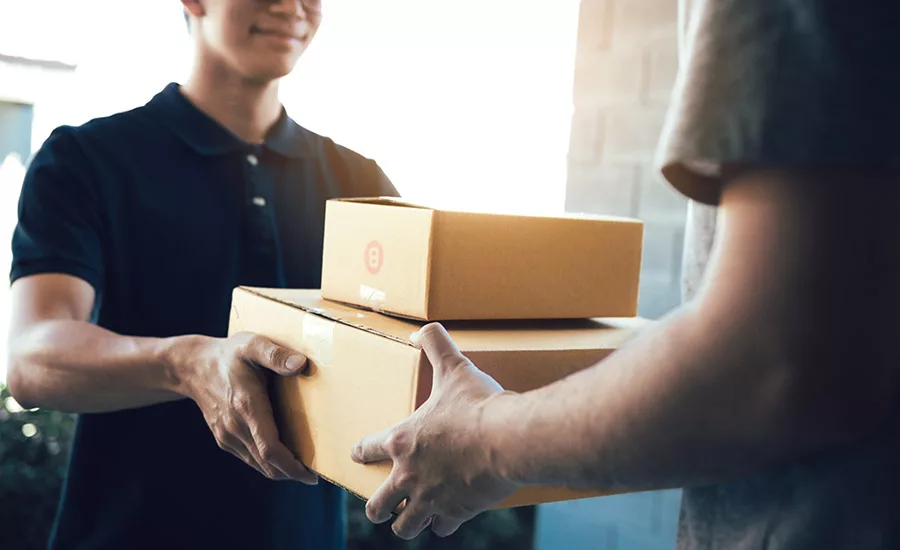Market Trends
Packaging Adhesives Market Poised for Green Innovation and Steady Growth
The market will continue to reward innovation in adhesives for packaging applications.

Adhesives will play a defining role in the future of packaging development, with the post-COVID marketplace providing a spur to sustainable technology, according to a dedicated market study from Smithers. “The Future of Adhesives for Packaging to 2027” tracks how the market changed across 2020-2021 and will continue to reward innovation through 2022-2027.
In 2021, the packaging industry is estimated to have consumed 5.40 million metric tons of adhesives. A forecast CAGR of 3.4% will push global consumption of packaging adhesives to 7.90 million metric tons in 2027.
Rigid packaging formats (e.g., metal, glass containers, molded and thermoformed plastic containers, folding cartons, and corrugated boxes) will continue to dominate adhesives use, accounting for around 87% of the market (by weight) in 2021. Corrugated adhesives in particular have benefitted over 2020-2021 from the boom in use of e-commerce home delivery packaging.
For application technology, hot melts continue to be the largest segment, although there is more demand for waterborne adhesives and good growth forecast for the small radiation curing segment. Through to 2027, adhesives manufacture and supply will need to adapt to the latest trends in packaging design and use while negotiating an increasingly complex regulatory environment.
Critical Sustainable Solutions
Sustainability remains the defining megatrend for packaging post-COVID. Adhesive manufacturers will continue to make iterative energy-saving improvements to existing products (e.g., lowering the melt temperature of hot-melt formulations) and optimizing application processes to minimize the volume of adhesive needed. Simultaneously, R&D (especially in Europe) will focus on developing new bio-based ingredients that offer lower carbon input costs while matching existing performance requirements.
With packaging recycling central to many strategists’ vision of a circular economy, adhesive chemistries that enable easy separation of components and multi-material constructions is attracting a price premium. This will push the market toward wider use of mono-component adhesives that are also easier to handle at end-of-life.
The market has a specific interest in biodegradable and compostable formulations that can be broken down by bacteria and other microorganisms or decompose naturally over time. Fiber packs bring a specific interest in repulpable adhesives that dissolve completely during the pulping process for waste paper. At the leading edge of innovation are debond-on-demand adhesives that are engineered with points in the polymer matrix that break when subjected to temperature during recycling.
Supply Chain and M&A Trends
The challenge across 2021 was to guarantee raw material supplies, as global logistics remained disrupted. The concentration of production of essential materials such as silicones and polyurethanes has led to insecurity and price increases. With pre-pandemic production of these materials concentrated in Asia, interest in reshoring supply is set to clash with the perennial business imperative to keep costs down.
From a business perspective, packaging adhesives have already witnessed a recent round of M&A activity with smaller, specialized firms being bought by larger multinational companies. This trend will continue through 2023-2027. In 2021, the waterborne segment in particular was more fragmented, due to the technology’s relative simplicity, standardization of formulations/manufacturing techniques, and the availability of base resin stocks.
Additional details are available at www.smithers.com.
Note: Image courtesy of wutwhanfoto via www.gettyimages.com.
Looking for a reprint of this article?
From high-res PDFs to custom plaques, order your copy today!



.webp?height=200&t=1709670950&width=200)
